These 10 foods can be fatal
They are delicious foods or exotic specialties that could be found every day in our plate, but be careful, these foods (often weird) must be prepared with meticulousness. They could make you seriously ill or even kill you...
The cassava
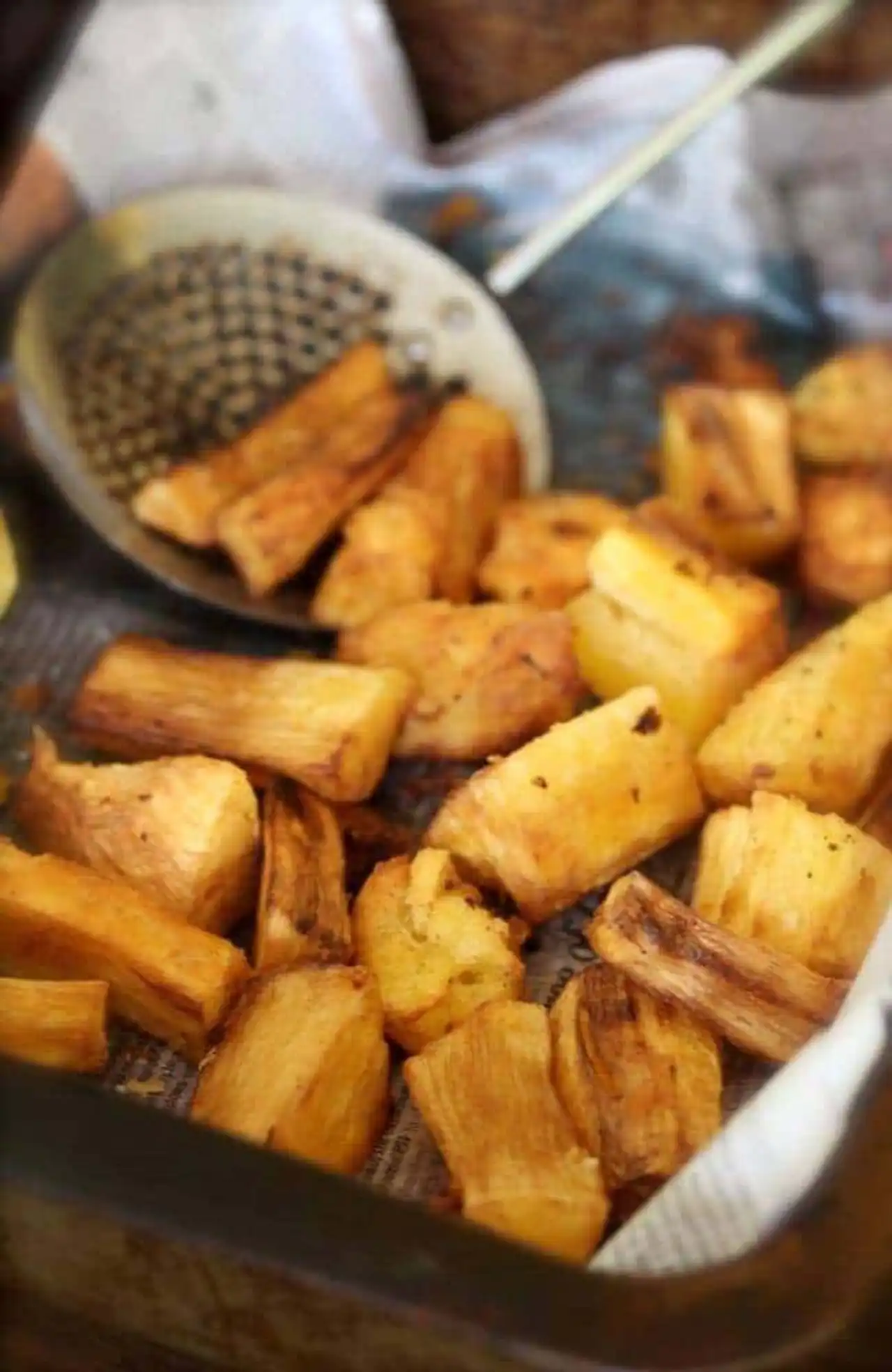
The Fugu
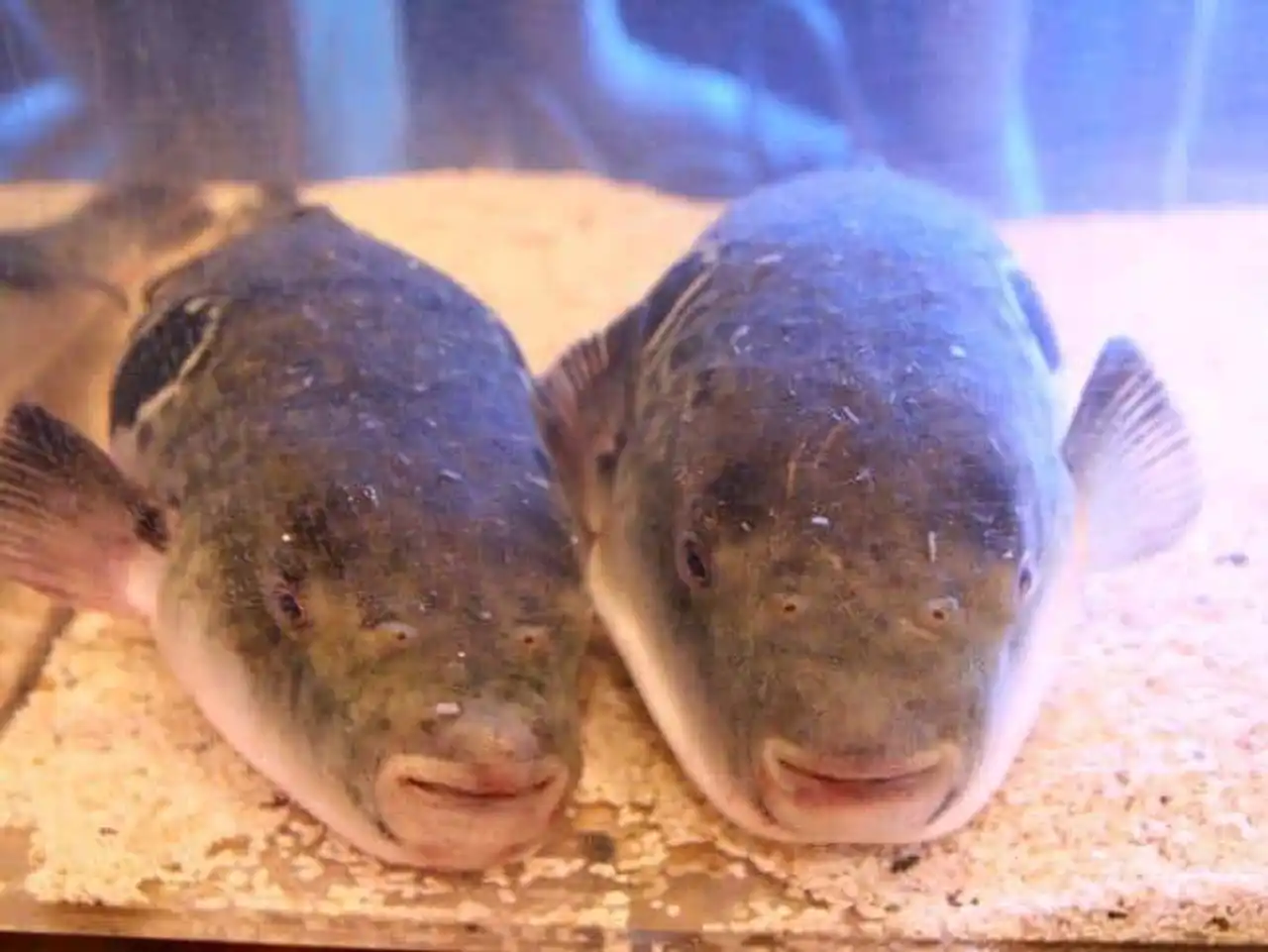
Photo credit: Flickr – Derek A.
Fugu is a famous fish for its ability to kill, if not properly prepared. It is a food in Japan, a country that houses more than 3800 restaurants in fugu, and where chefs have to go through rigorous training for years to obtain certification to prepare fish for human consumption. Usually consumed raw, the fish contains a poison called tetrododoxin. When it is consumed, tetrododoxin attacks the nervous system of the victims who first remain fully aware of it while their nervous system gradually stops working, first producing dizziness, then paralysing the muscles. This can lead to asphyxia, and possibly death.
Casu Marzu
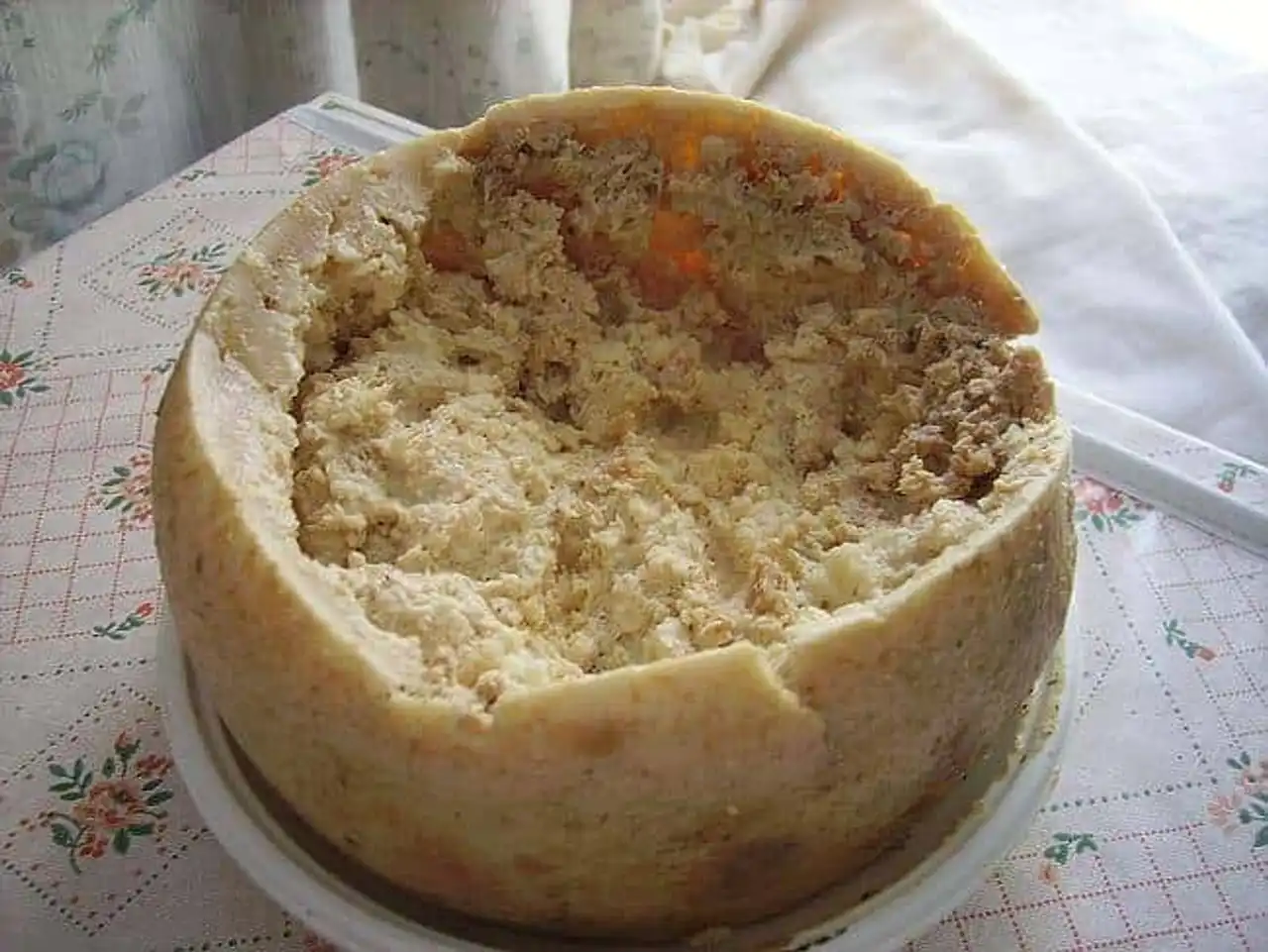
Photo credit: Flickr – Shardan
It is essentially a rotten and infested larvae cheese. This cheese is a traditional dish in the Sardes, Italy. The cheese is placed outside in open air (and uncovered) to allow flies to lay their eggs inside. Thousands of larvae that hatch then feed on cheese and cause fermentation. When consumed, larvae can settle in the intestine and cause a serious illness. This cheese was banned throughout Europe, but there is a “black market” only for this “measures”, local mountain shepherds continuing to produce it in small quantities. It is recommended to wear protective glasses when you eat cheese. Why? The larvae can jump to 15 centimetres high, right in your eyes. Cheese would be an aphrodisiac...
Hákarl
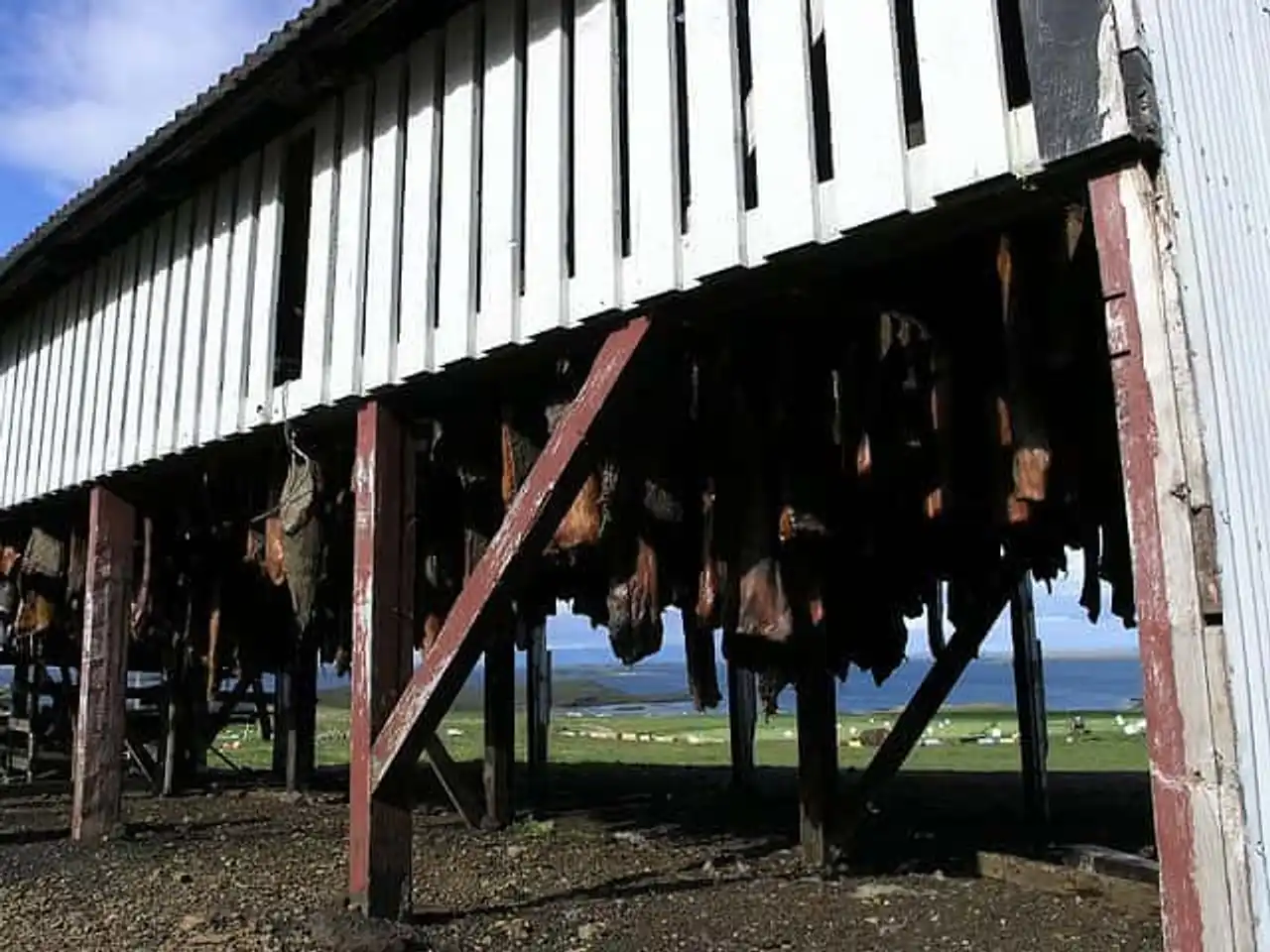
Photo credit: Flickr – smee
Traditional Icelandic dish, Hákarl is a shark of Greenland that has no urinary tracts and, therefore, must secrete its urine by its skin (in a way of stirring). The flesh of the animal thus contains a high concentration of uric acid, and it is a true poison for man. The chefs must ferment the shark and suspend it to dry it for six months to filter waste and potentially toxic substances that accumulate in the animal’s meat. So, when you eat this Icelandic dish, you eat rotten shark meat.
L’akée (Blighia sapida)
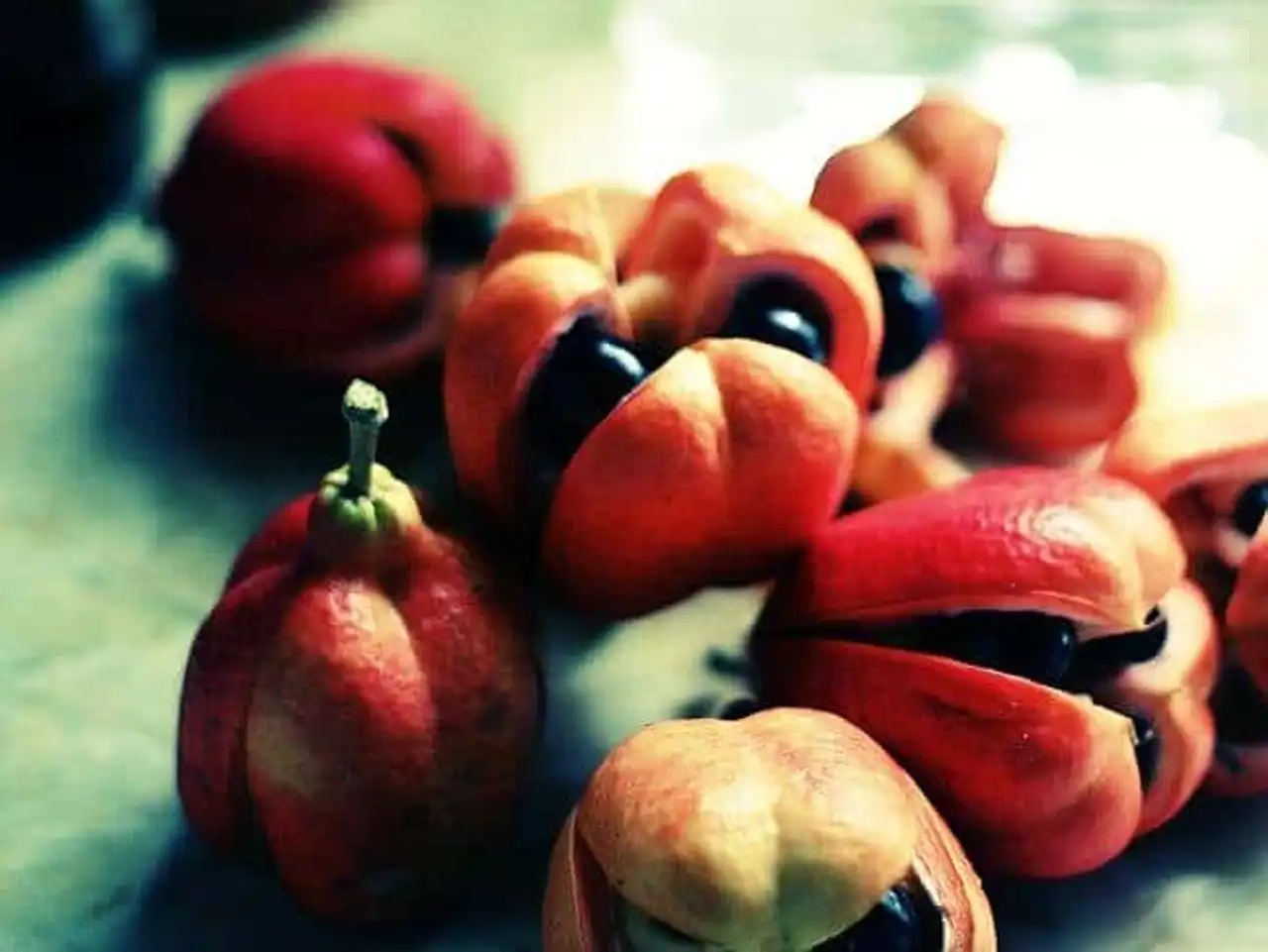
Photo credit: Flickr – Kaiton Source
National fruit of Jamaica, the akea was in fact native to West Africa. If the fruit is consumed before it is ripe, it can cause what is known as the disease of Jamaican vomiting, which can lead to coma or death (especially in young children). This is due to the poison called hypoglycin.
Cashew nuts
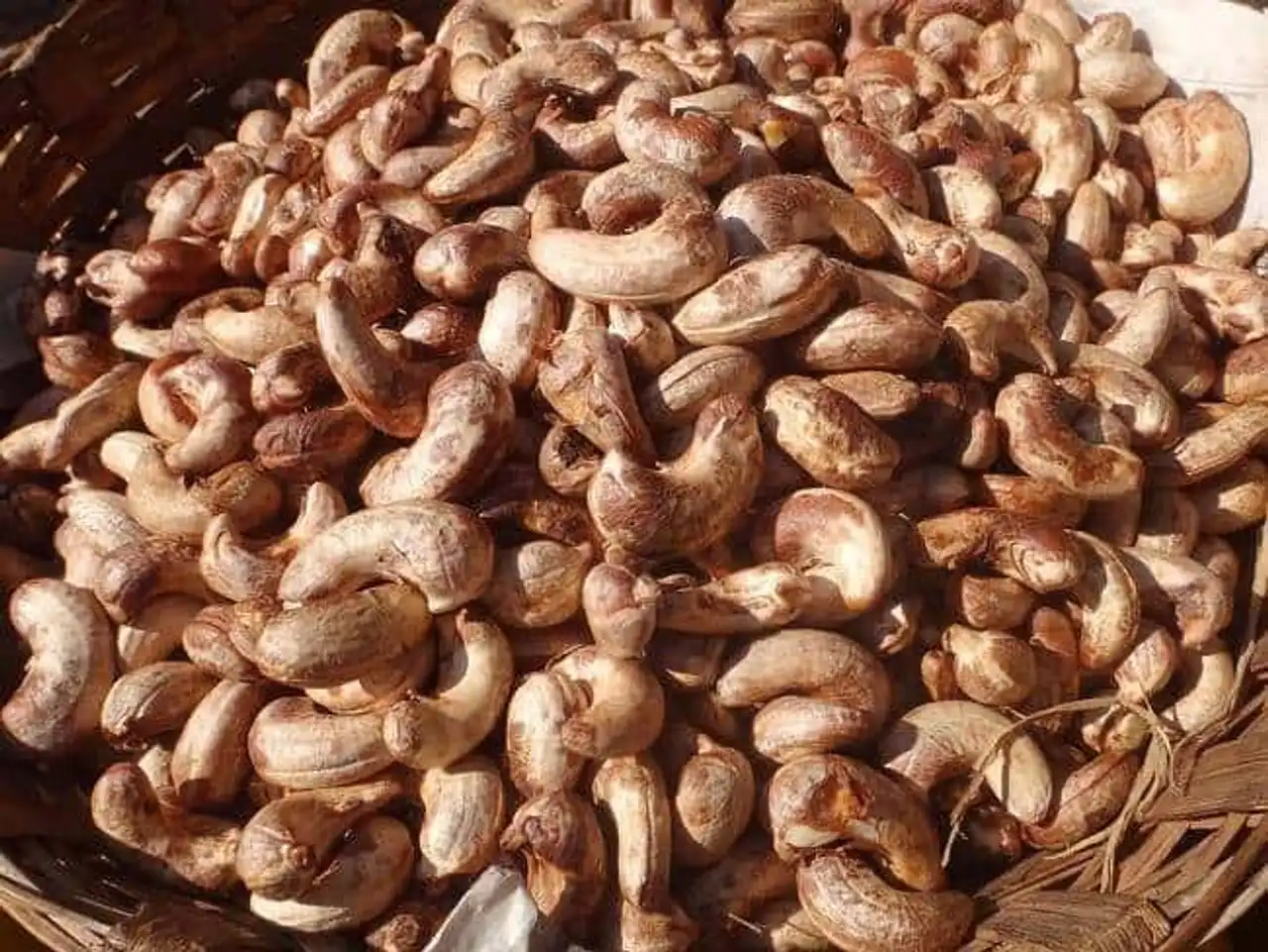
Photo credit: Flickr – Genchi Mathi
This one can surprise you. These "cajou nuts" that you buy at the supermarket are not so good for health. At least not if they were well cooked. The nuts are steamed and are not entirely raw. The raw cashew nuts contain urushiol, a chemical that, if consumed with a high level, can be fatal.
The frog-taureau
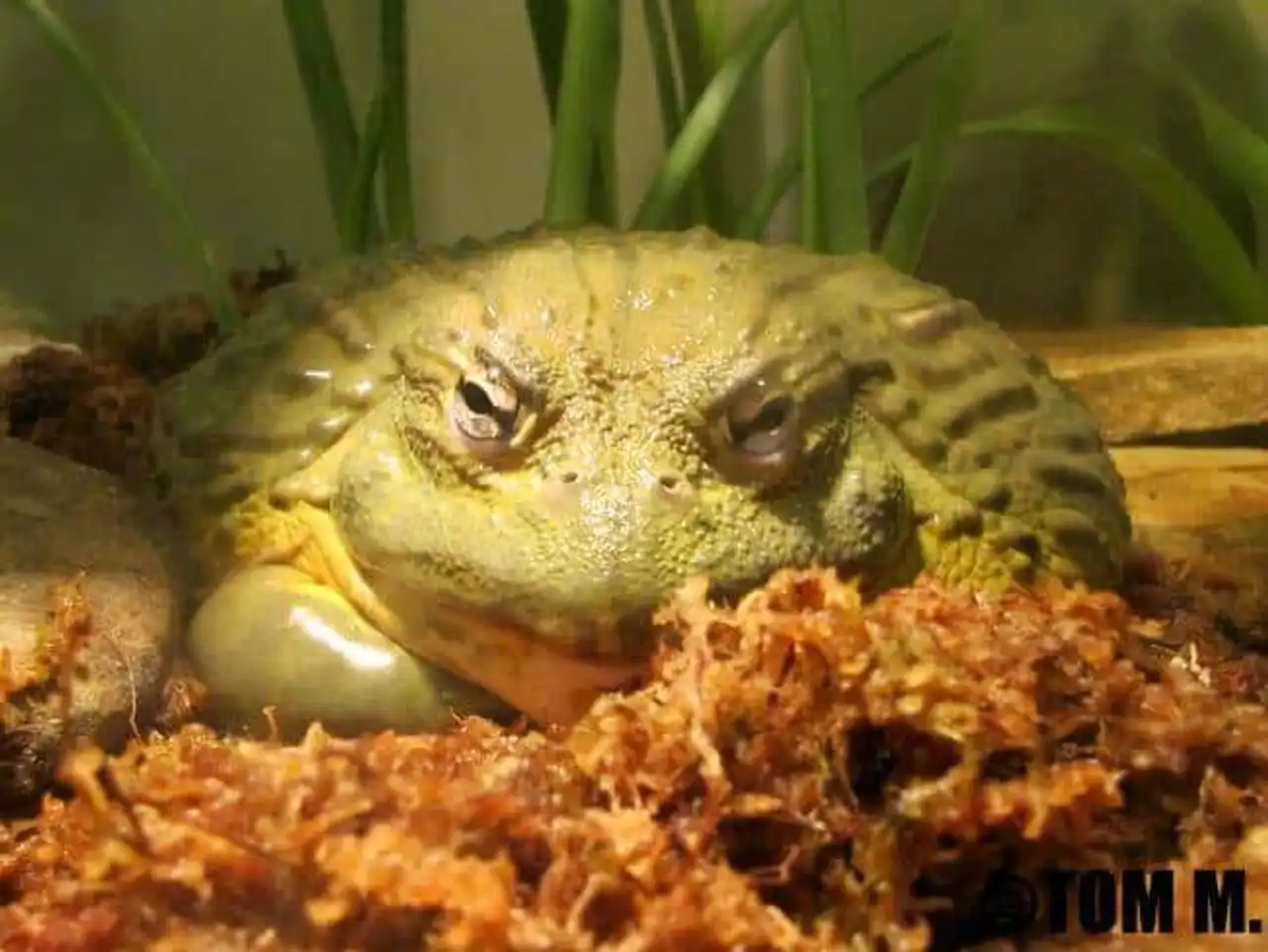
Photo credit: Flickr – Tom M
This frog is a food in Africa such as Namibia, but it contains substances that can be fatal to humans. The age of the frog is the key; a young frog that has not yet reproduced bears a toxin that can cause kidney failure in humans.
The Sureau
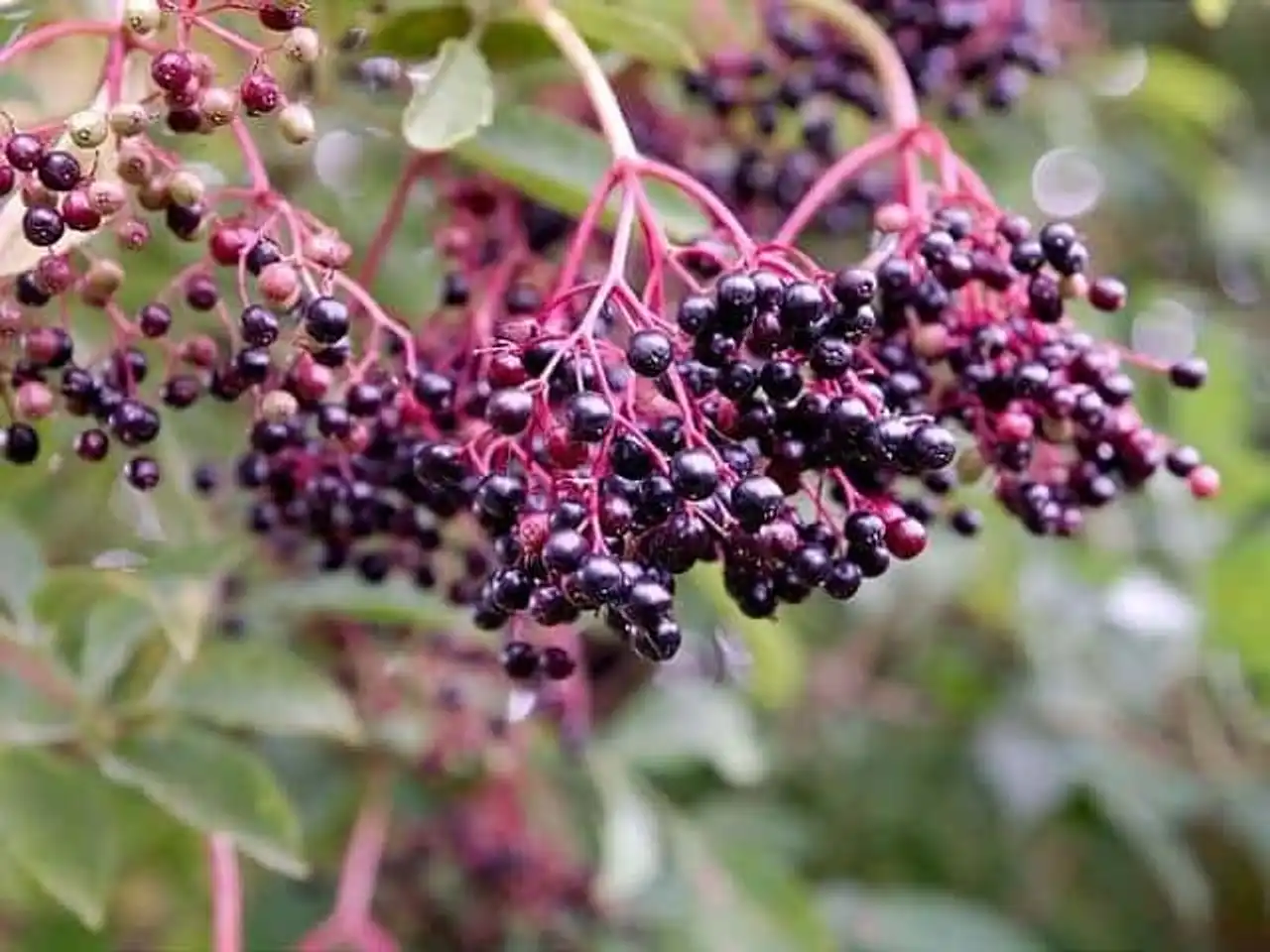
Photo credit: Flickr – Andy Rogers
The leaves, branches and seeds of the overwater plant can cause serious illnesses when ingested, as they contain a chemical related to cyanide. Also, eating overwater berries that are not ripe or cooked properly can even cause severe diarrhea and seizures.
Sannakji
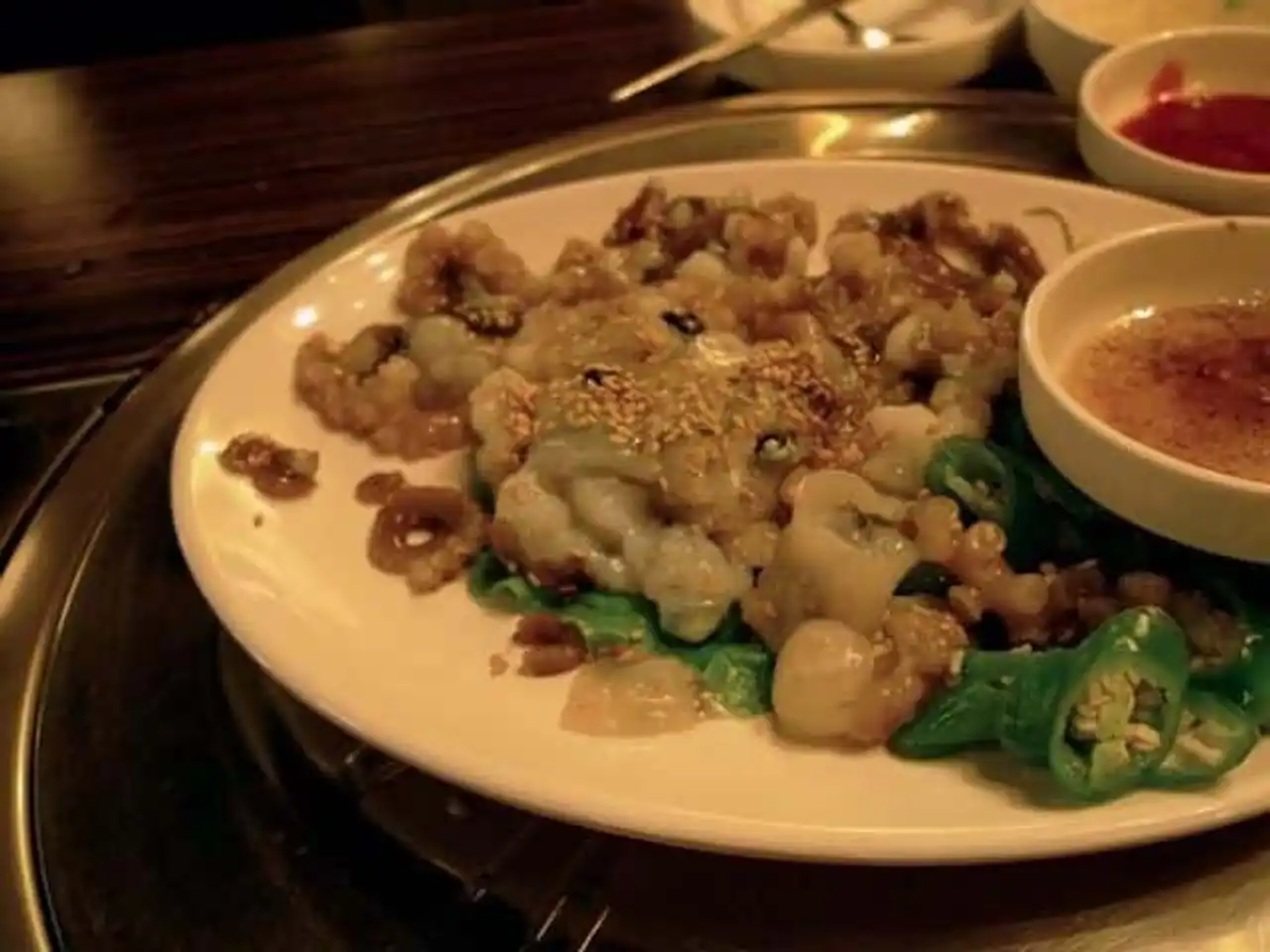
Photo credit: Flickr – Marshall Astor
This dish is very popular in South Korea, but it may seem uncomfortable for you: the tentacles of this little octopus are still moving in the plate. Maybe this food is the most dangerous because you have a role to play. By swallowing the still alive octopus, the suction cups cling to the lips, to the palate but above all to the throat. The most coriac cephalopods do not let themselves eat without resistance and it is possible that they remain hung inside the throat. There would be an average of six deaths per stifling every year because of this.
Blood Palourdes
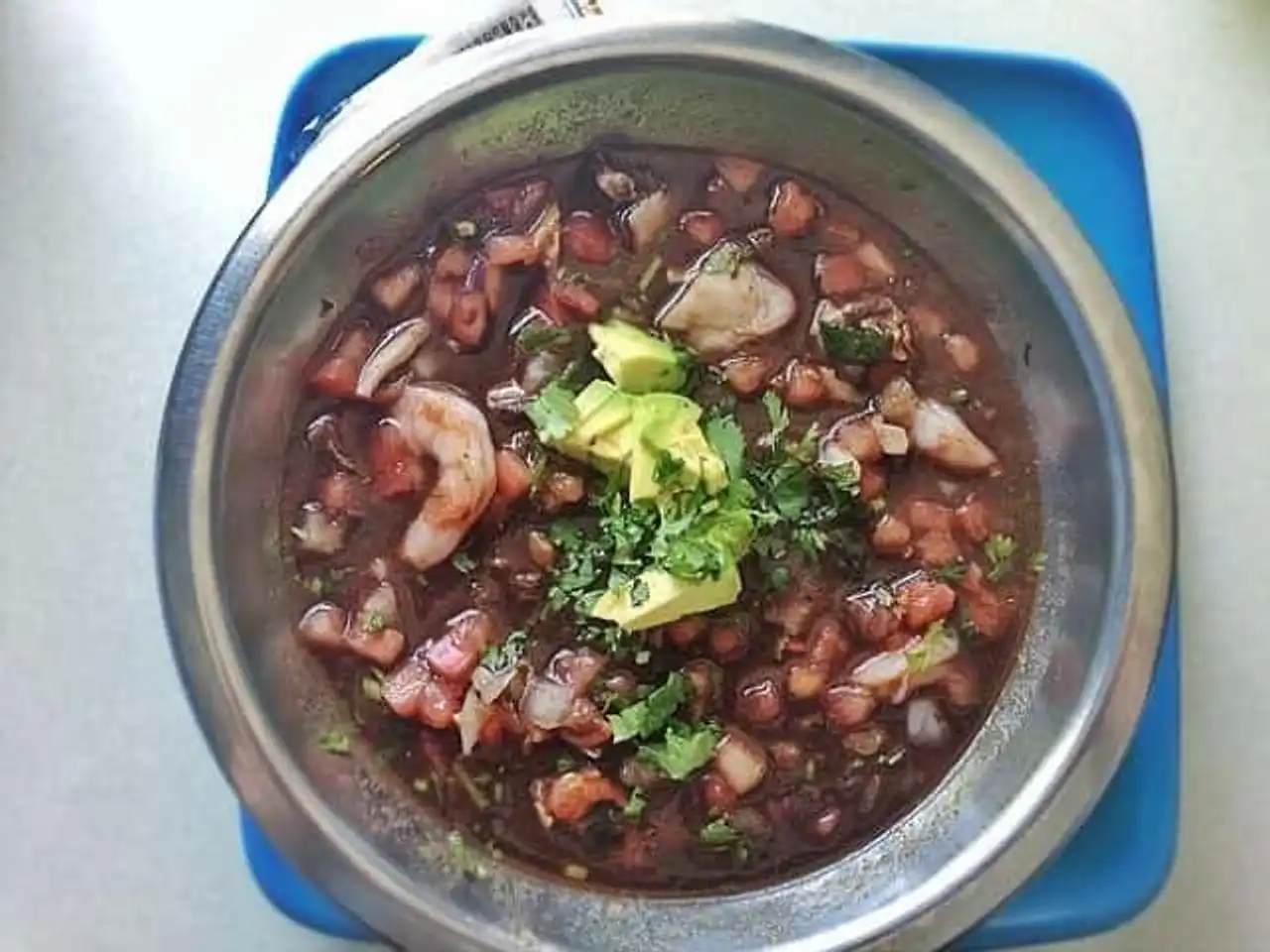
Photo credit: Flickr – T. Tseng
The name of this dish can warn you. Harvested in the Pacific, Atlantic and Gulf regions of Mexico, these clams can ingest viruses and bacteria, including hepatitis A, typhoid and dysentery. Blood clams from China’s waters are known to cause hepatitis epidemics.
Via Conde Nast Traveler
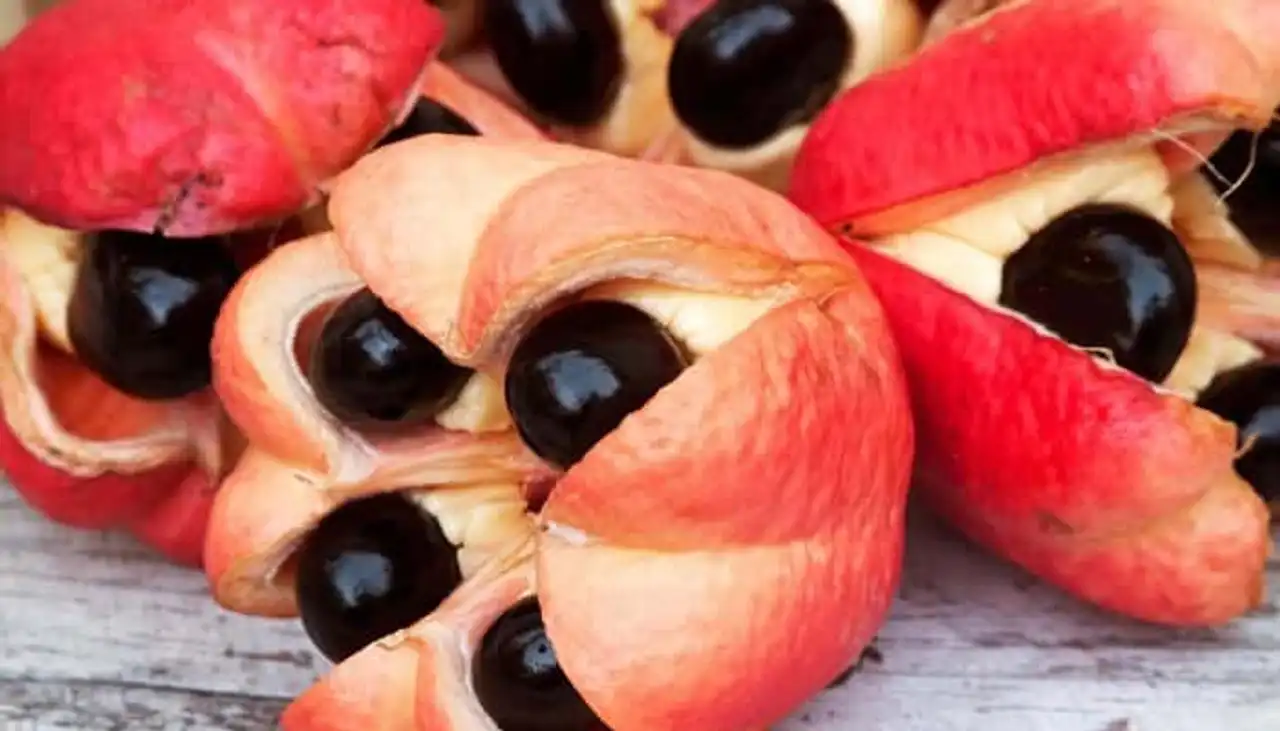







Loading comments ...